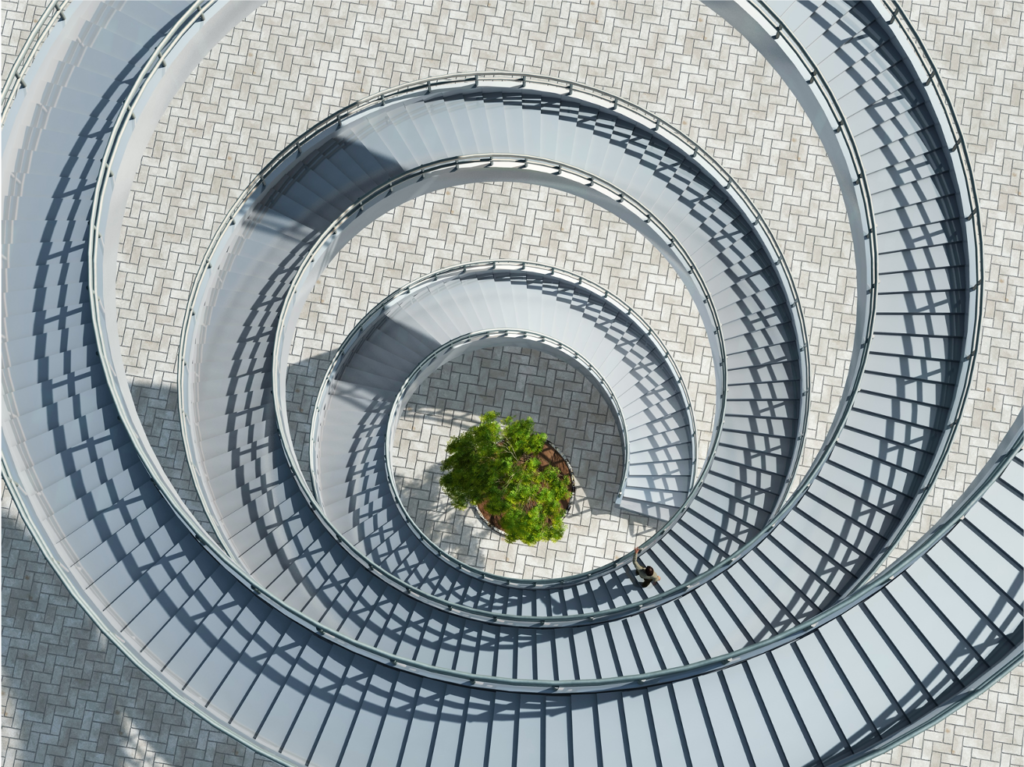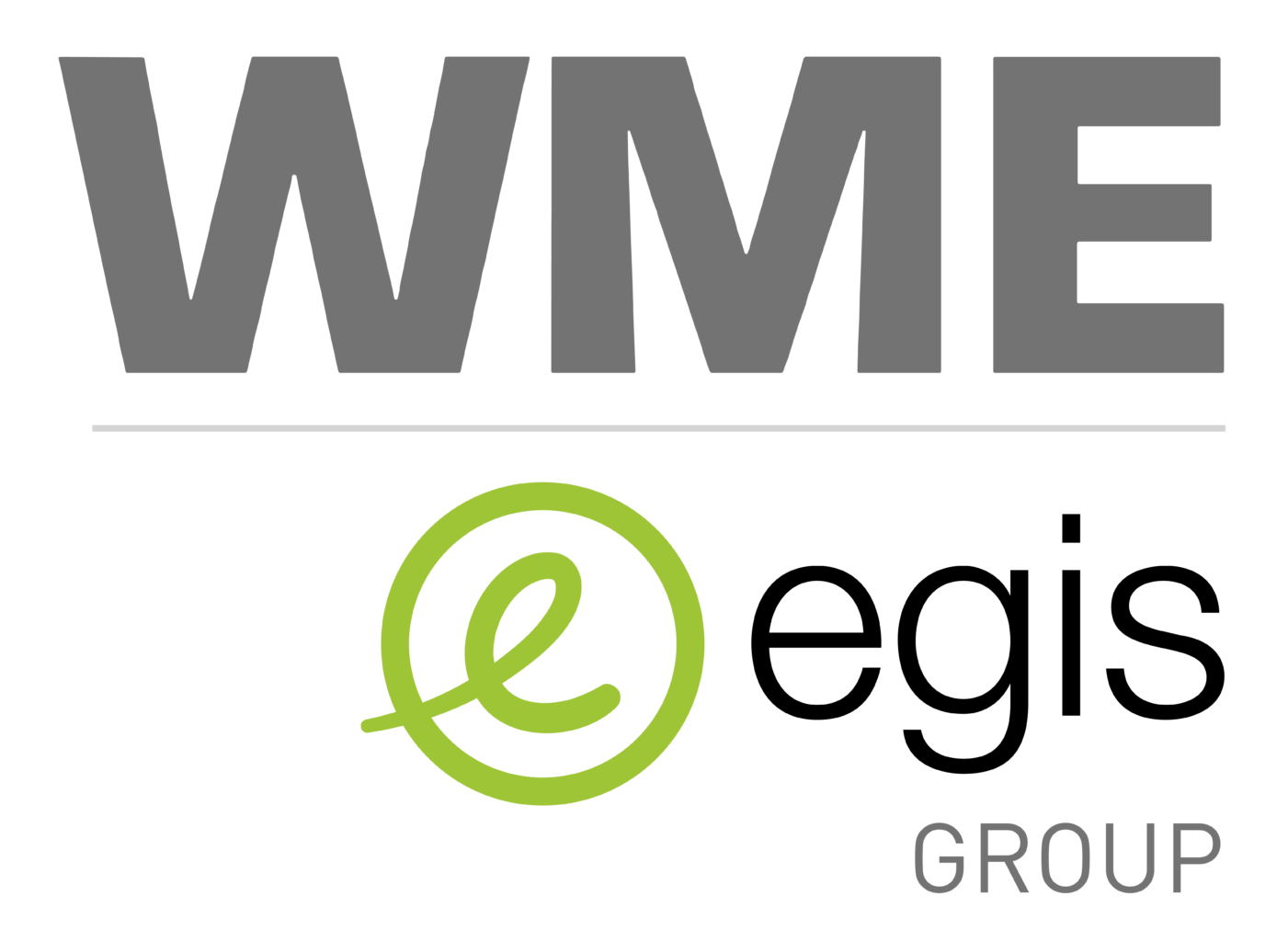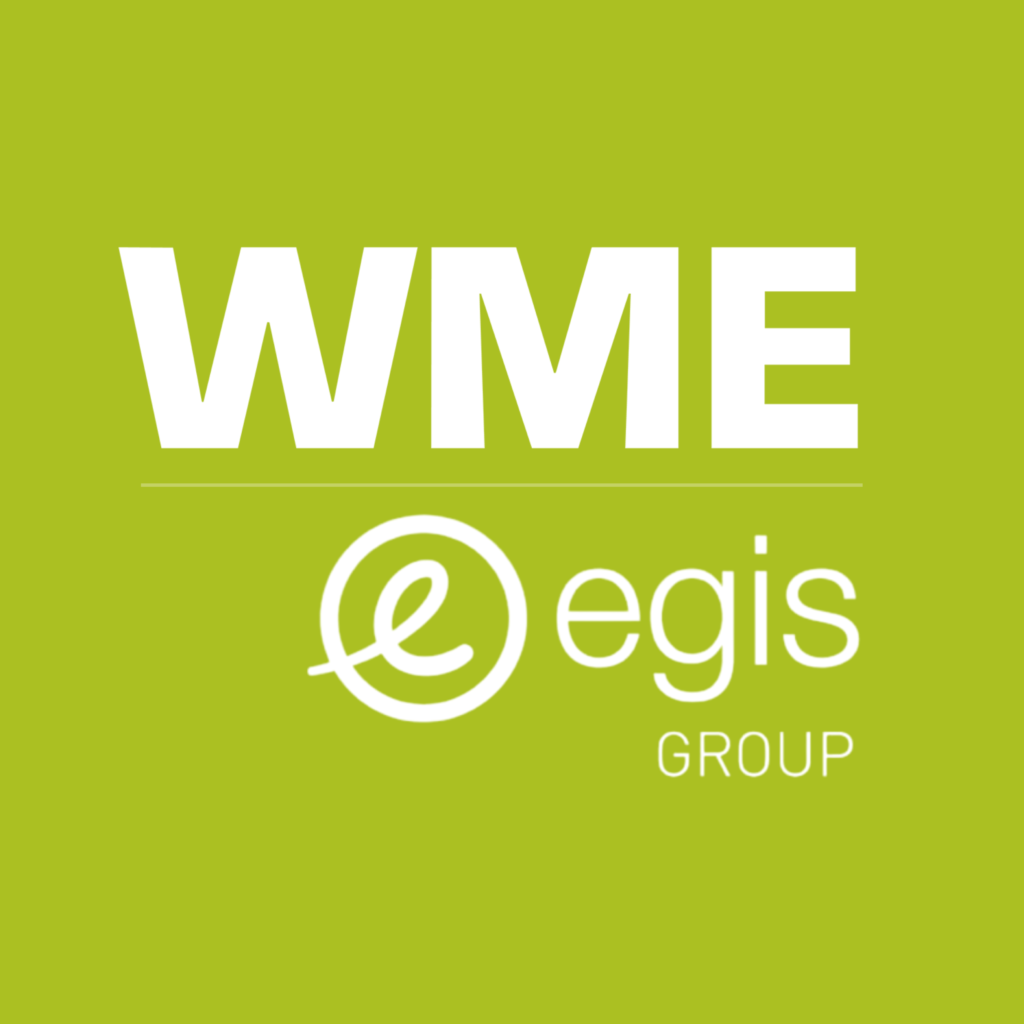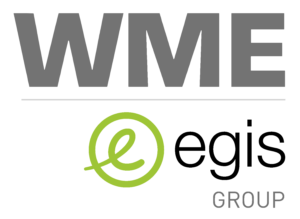The built environment is the human-made environment that provides the setting for human activity. From the masterplanning stages of the project, many environmental aspects are fixed that impact the final quality of the built environment, from daylight and sunlight, through to air quality and noise issues. In early stages of design, good and best practice built environment metrics needs to be identified and assessed. These targets need to address the well-being and environmental agendas, inclusive of any environmental assessment methodologies.

During the design, procurement, construction and commissioning of the building services, also known as Mechanical, Electrical and Public Health engineering services, (MEP), aspects of the built environment can be further addressed.
To address the sustainability agenda it is a necessity to minimise over engineering, reduce reliance on engineering systems and maximise utilisation of passive design approaches.
Within WME, studies on these issues can be undertaken to demonstrate and prove engineering concepts that reduce cost, improve performance and reduce risk. These take the form of computational fluid dynamics (CFD), daylight and sunlight studies, sun path analysis, dispersion studies, etc.
Further studies may be required at handover to demonstrate the success of the installation, from air infiltration testing, and thermographic survey.
Post occupant evaluation is advisable to measure the building performance metrics against which the building may be judged, such as building occupant satisfaction or energy usage. Within WME, we also can provide a ‘forensic walkaround’ to review areas of building performance and recommend further improvements and resolution of issues.
Speak with our team at info@wmeglobal.com or call +971 4 388 1616




